Survival in the wild is a never-ending game of hide and seek, with predators and prey constantly evolving to outwit each other. While we’ve all heard about the basics like camouflage and speed, some animals have taken their survival strategies to a whole new level. Here are 12 mind-blowing techniques that the animal kingdom uses to stay one step ahead in the great wilderness.
1. The Art Of Playing Dead

Some animals have taken the saying “playing dead” to a whole new level. Known as thanatosis, this technique is used by creatures like the opossum to fool predators into thinking they’ve already kicked the bucket. According to AskNature, when threatened, these animals will collapse, emit a stinky odor, and even let their tongues loll out, all to convince would-be attackers that they’re not worth the trouble. It’s like the ultimate Oscar-winning performance with life-or-death stakes. And the best part? Most predators aren’t interested in a meal that’s already gone bad, so the opossum gets to live another day.
Insects like the hognose snake have also mastered this dramatic technique, even going so far as to bleed from the mouth for added effect. It’s the kind of dedication to the role that would leave even method actors in awe. Playing dead might seem counterintuitive, but it’s a brilliant strategy when your predator is looking for a live catch. It’s a risky move, but for those who’ve perfected it, it’s a life-saver—literally. Sometimes, the best way to survive is to convince everyone you’ve already lost.
2. The Mimicry Marvels
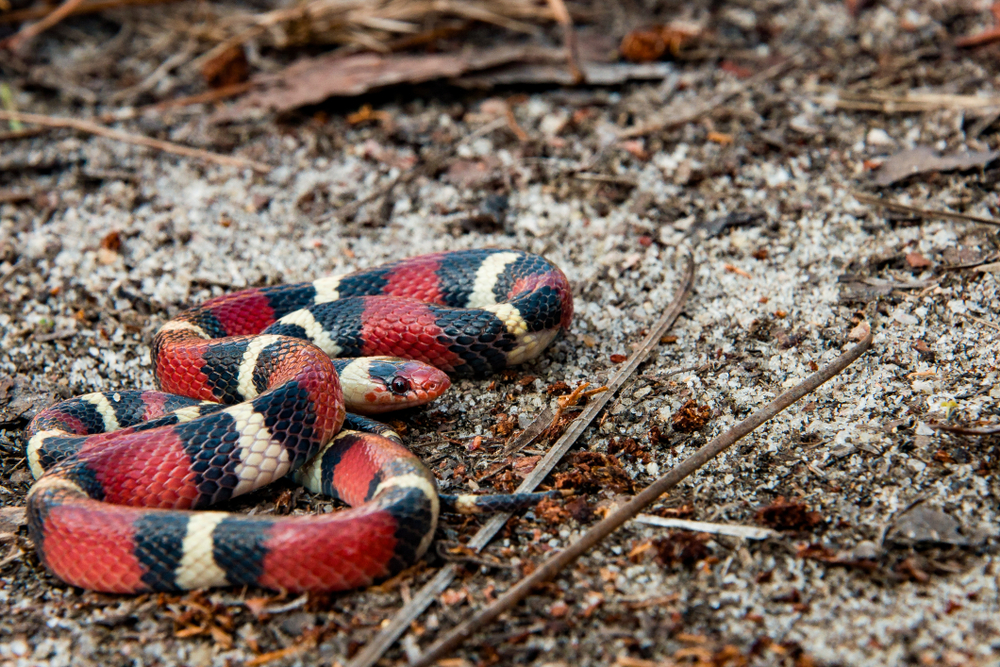
Mimicry in the animal kingdom is like having a superpower disguise that makes survival a little bit easier. Take the harmless king snake, for instance, which has evolved to look nearly identical to the highly venomous coral snake, leveraging the old “red touching yellow” rhyme for survival. This clever ruse keeps predators at bay, as they often mistake the king snake for its dangerous cousin and avoid it altogether. It’s nature’s way of saying, “fake it till you make it,” and it works remarkably well.
Another mimic master is the humble mimic octopus, which can change its shape, color, and behavior to imitate other sea creatures like lionfish and flatfish. It’s like having a costume trunk and acting skills all rolled into one. National Geographic notes that by pretending to be something more dangerous or less appetizing, these creatures manage to evade predators and live to swim another day. This kind of adaptability is a testament to the incredible lengths to which evolution will go to ensure survival. When you can be anyone or anything, staying alive becomes a whole lot easier.
3. The Art Of Spitting Weapons
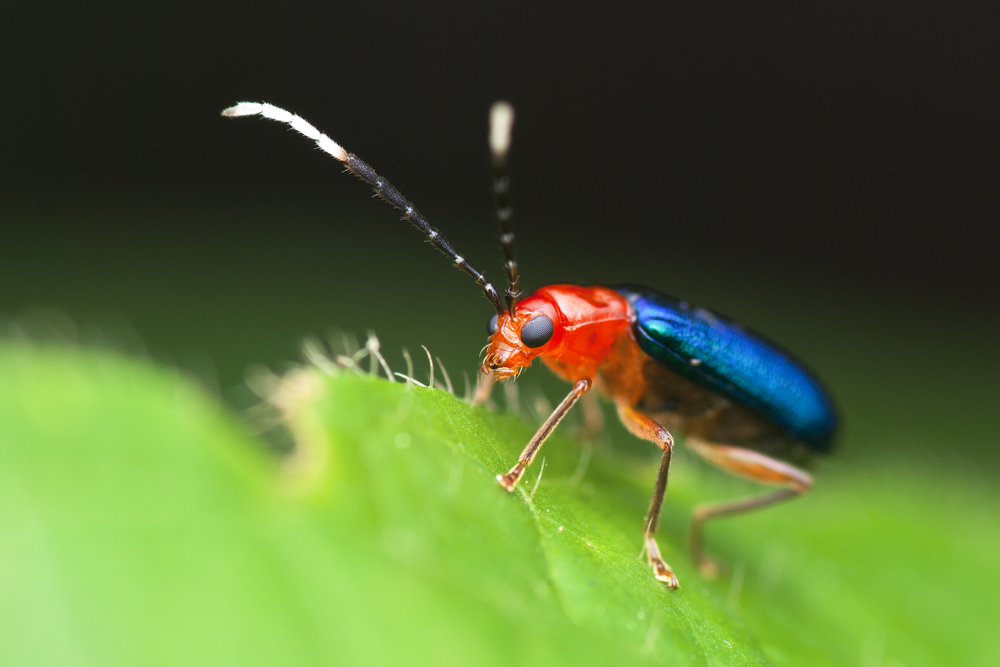
Some animals have turned their saliva or other bodily fluids into potent weapons for self-defense. The spitting cobra, for instance, doesn’t just rely on its venomous bite; it can accurately spit venom into the eyes of a potential threat from several feet away. This not only deters predators but can also cause permanent blindness, giving the snake a major advantage. It’s like having a built-in pepper spray system, incredibly effective in the wild’s dangerous game of survival.
Similarly, the bombardier beetle takes chemical warfare to a whole new level. When threatened, it mixes chemicals in its abdomen to produce a boiling, noxious spray that can be fired with pinpoint accuracy at its foe. The beetle’s ability to shoot out this toxic concoction at high temperatures is both fascinating and terrifying. It’s the insect world’s version of a flamethrower, and it’s a highly effective way to say, “Back off!” These unique methods show the wild creativity and versatility of survival strategies in nature.
4. The Master Of Disguise
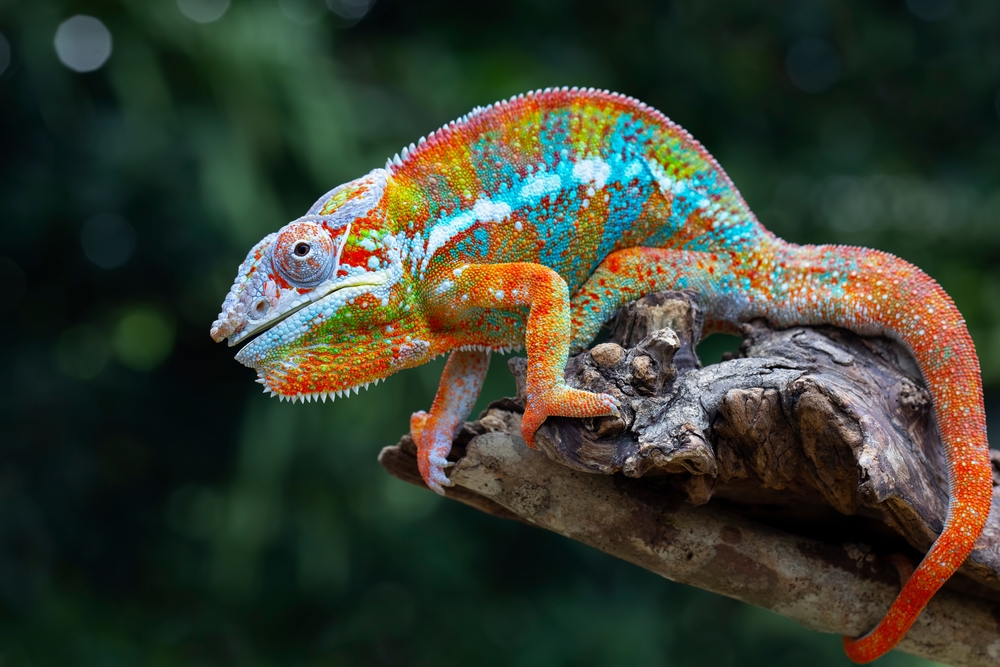
Chameleons are arguably the most famous masters of disguise, but they aren’t the only ones with this extraordinary talent. These reptiles can change their skin color to blend in perfectly with their surroundings, making them nearly invisible to both prey and predators. This ability to adapt their appearance is more than just camouflage; it’s also a way to communicate mood and even regulate their body temperature. Being able to vanish in plain sight is a skill that has kept chameleons safe for millions of years.
Then there’s the cuttlefish, which takes disguise to a whole new level with its ability to not only change color but also texture. These clever creatures can mimic the appearance of rocks, sand, and other sea creatures, making them the ultimate marine magicians. Their rapid transformations are not just a spectacle to behold but a crucial survival tactic in the predator-rich ocean. Whether avoiding becoming a meal or sneaking up on one, cuttlefish prove that sometimes, the best defense is a good disguise.
5. The Incredible Regenerators
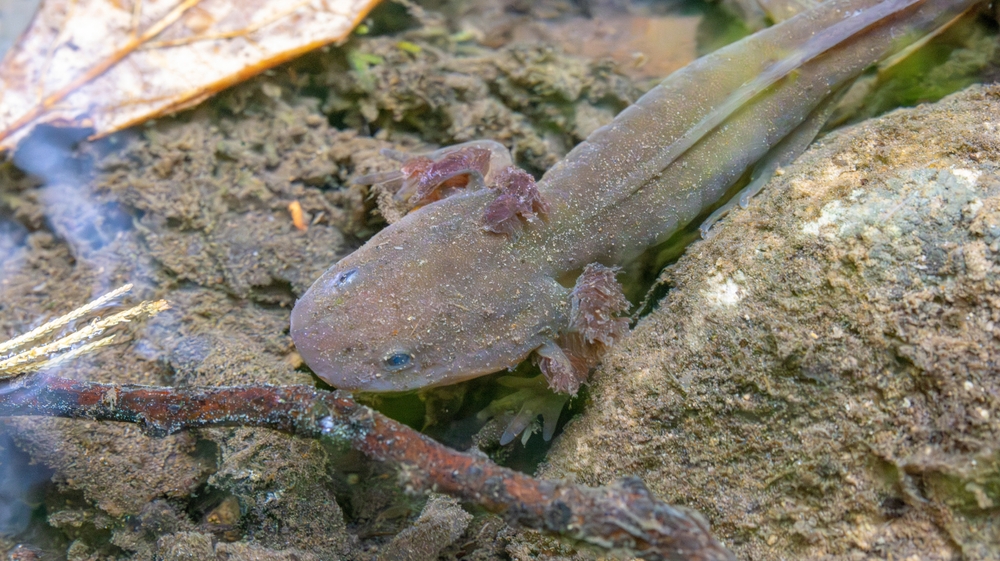
Some animals have taken resilience to new heights with their remarkable ability to regenerate lost body parts. The axolotl, a type of salamander, is famous for its ability to regrow limbs, tail, spinal cord, and even parts of its heart and brain. This isn’t just a neat party trick—it’s a critical survival mechanism that allows these creatures to recover from predator attacks and environmental hazards. Imagine being able to regrow a lost arm or leg; for axolotls, it’s just another day in the life.
Planarian flatworms take regeneration to the next level; if you cut one in half, each piece can regenerate into a complete organism. This astonishing capability makes them incredibly hard to kill, as they essentially have backup plans for their backup plans. While we humans are still dreaming of regrowing a paper cut, these animals have cracked the code on extreme regeneration. Their abilities highlight the incredible potential and mystery of biological resilience, making them perennial survivors in the wild.
6. The Ultimate Team Players
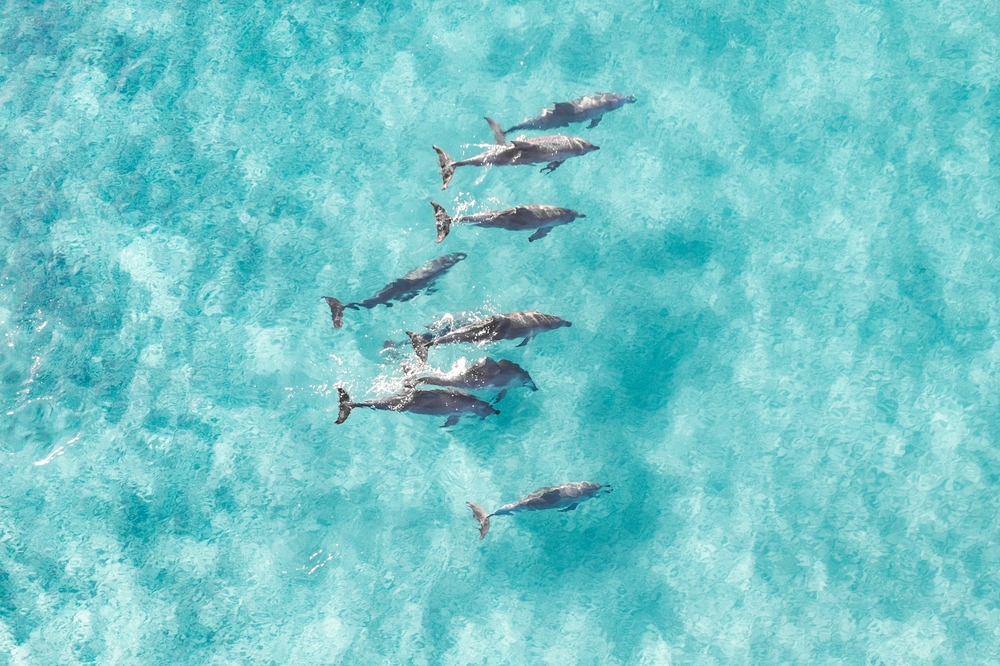
Some animals have survival strategies that rely on teamwork, proving that sometimes, there’s safety in numbers. Meerkats, for example, use a highly organized system of sentinels to keep watch for predators while the rest of the group forages for food. These lookouts are always on duty, chirping alarm calls at the first sign of danger. It’s almost like having a personal security detail, and it’s incredibly effective at keeping the group safe.
Similarly, dolphins are known for their cooperative hunting techniques, working together to herd fish into tight balls for easier capture. Their intricate communication and teamwork skills are a testament to the power of collaboration in the wild. By hunting in groups, dolphins can catch more food with less effort, ensuring the survival of the entire pod. These examples illustrate that sometimes, the best survival strategy is a well-organized community effort.
7. The Masters Of Illusion
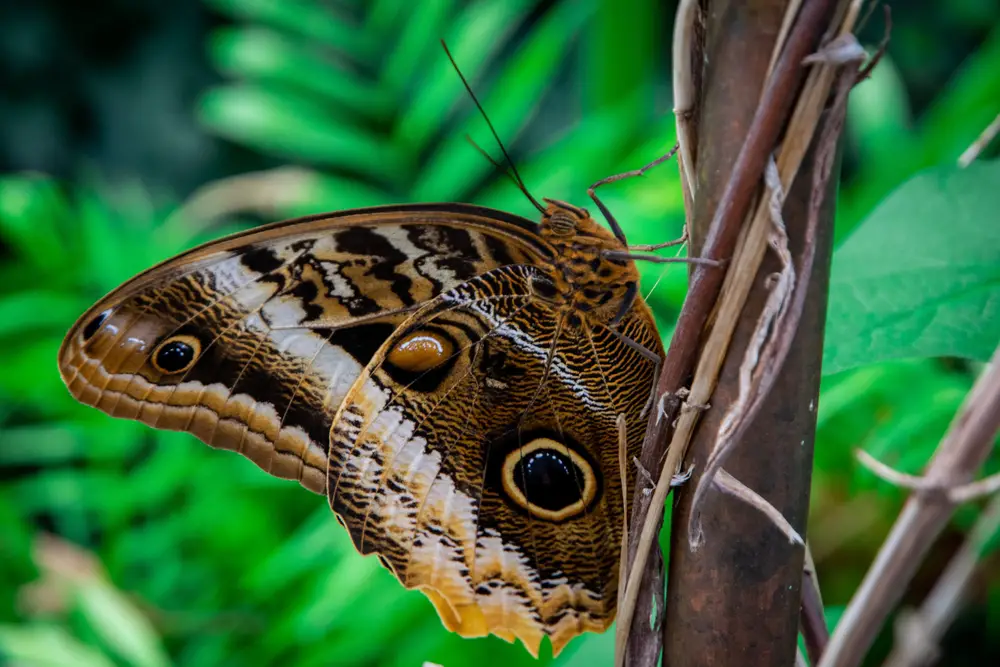
Some animals have honed the art of illusion to confuse predators and protect themselves. The owl butterfly has large, eye-like patterns on its wings that mimic the threatening eyes of an owl. When threatened, it displays these patterns to trick predators into thinking they’re facing a much larger threat. It’s like a magic trick of nature, buying the butterfly enough time to escape.
The Malaysian exploding ant takes deception to another level with its ability to rupture its own body, releasing a sticky, toxic substance that can immobilize predators. It’s a sacrificial act but incredibly effective at protecting the colony. This selfless and dramatic strategy shows that sometimes, creating a diversion is the key to survival. The use of illusion in the animal kingdom is a fascinating reminder of the lengths to which creatures will go to outwit their foes.
8. The Acoustic Wizards
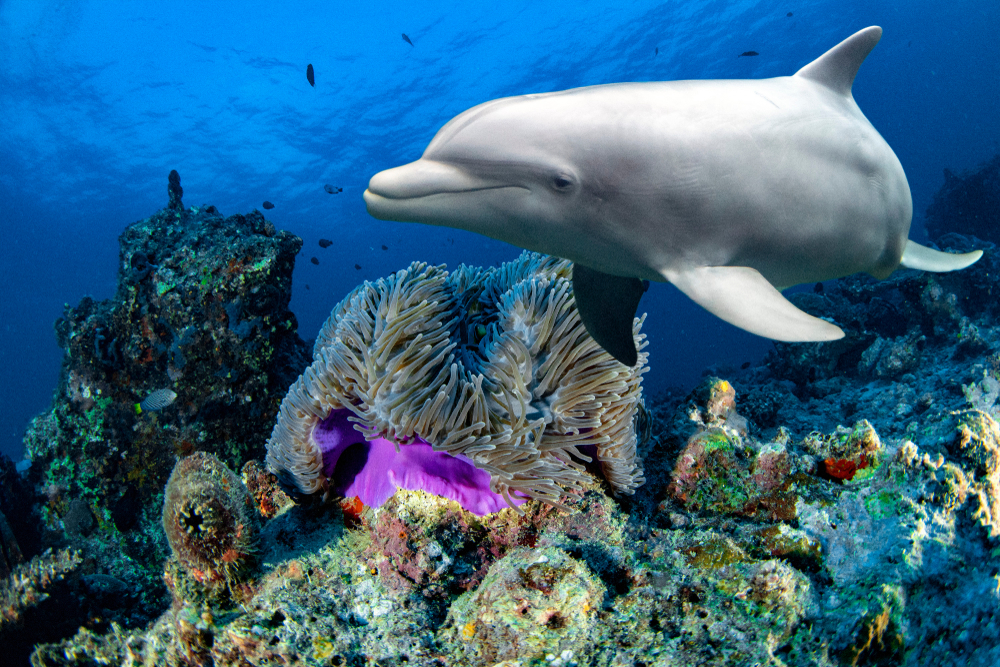
Sound can be a powerful tool in the wild, and some animals have mastered its use for survival. The bottlenose dolphin, for example, employs echolocation to navigate murky waters and locate elusive prey. By emitting clicks and listening for the echoes, dolphins can “see” with sound, detecting the size, shape, and even texture of objects in their environment. This acoustic superpower is like having a built-in sonar system, invaluable for finding food and avoiding obstacles.
Bats are another group of acoustic masters, using echolocation to hunt insects in complete darkness. With specialized adaptations that allow them to emit high-pitched sounds and hear the echoes, bats can map their surroundings with astonishing precision. This ability to “see” in the dark is not just a hunting strategy but a survival necessity in their nocturnal world. Through the clever use of sound, these animals have unlocked a sensory world invisible to most creatures, ensuring their survival in challenging environments.
9. The Incredible Navigators
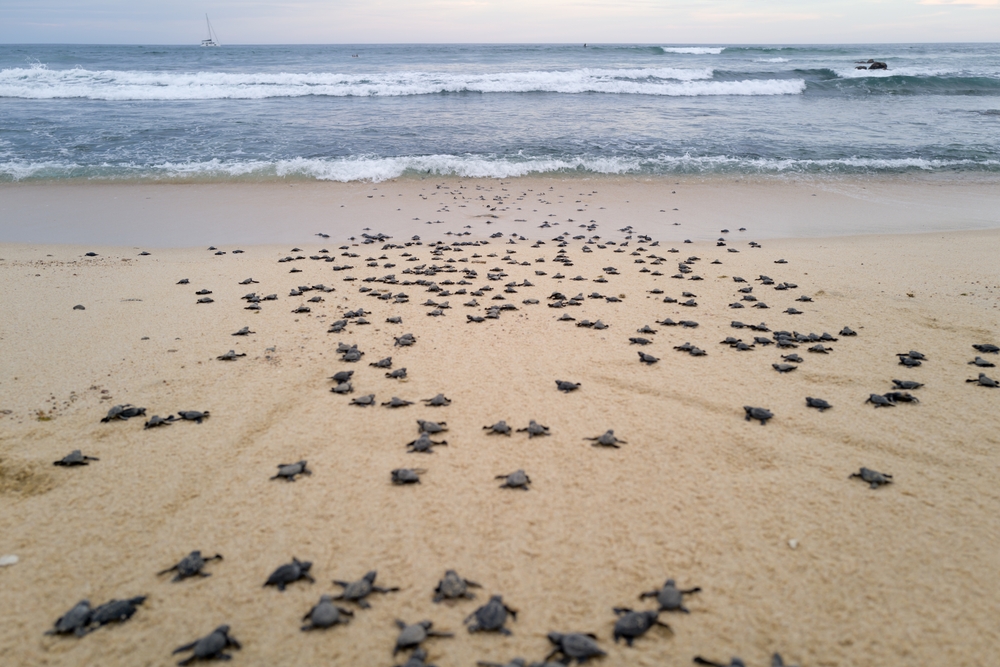
Some animals possess navigation skills so impressive they make GPS seem obsolete. The Arctic tern, for instance, embarks on an epic annual migration from the Arctic to the Antarctic and back, covering more than 44,000 miles. This tiny bird somehow navigates vast oceans and continents, guided by the Earth’s magnetic field, the sun, and stars. It’s a journey that defies belief, showcasing the remarkable precision of animal navigation.
Sea turtles are another group with unparalleled navigational prowess, returning to the same beach where they were born to lay their eggs, even after traveling thousands of miles in the open ocean. Scientists believe they use a combination of magnetic cues, water currents, and celestial navigation to find their way home. This incredible homing ability ensures the continuation of their species, despite the odds stacked against them. Through their extraordinary navigation skills, these animals demonstrate the wonders of nature’s innate GPS.
10. The Chemical Alchemists
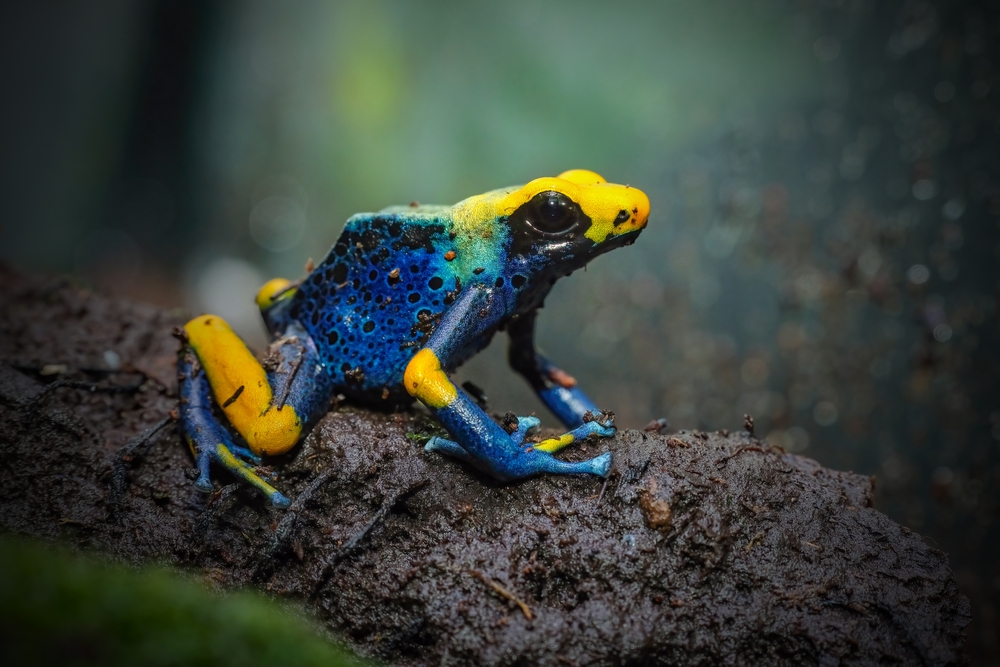
Some animals have mastered the art of chemical warfare, using toxins and poisons to defend themselves and secure prey. The poison dart frog, with its vibrant colors, produces potent toxins that can deter even the most determined predators. These frogs secrete chemicals through their skin, making them deadly to the touch. Their bright colors serve as a warning, a nature’s “do not touch” sign that predators have learned to heed.
On the flip side, the Komodo dragon uses a cocktail of bacteria and venom in its saliva to take down large prey. A single bite can lead to infection, weakening the animal until the dragon can move in for the kill. This combination of brute strength and chemical cunning makes the Komodo dragon a formidable predator in its ecosystem. Through their mastery of chemistry, these animals have created some of the most effective survival strategies in the natural world.
11. The Ultimate Escape Artists
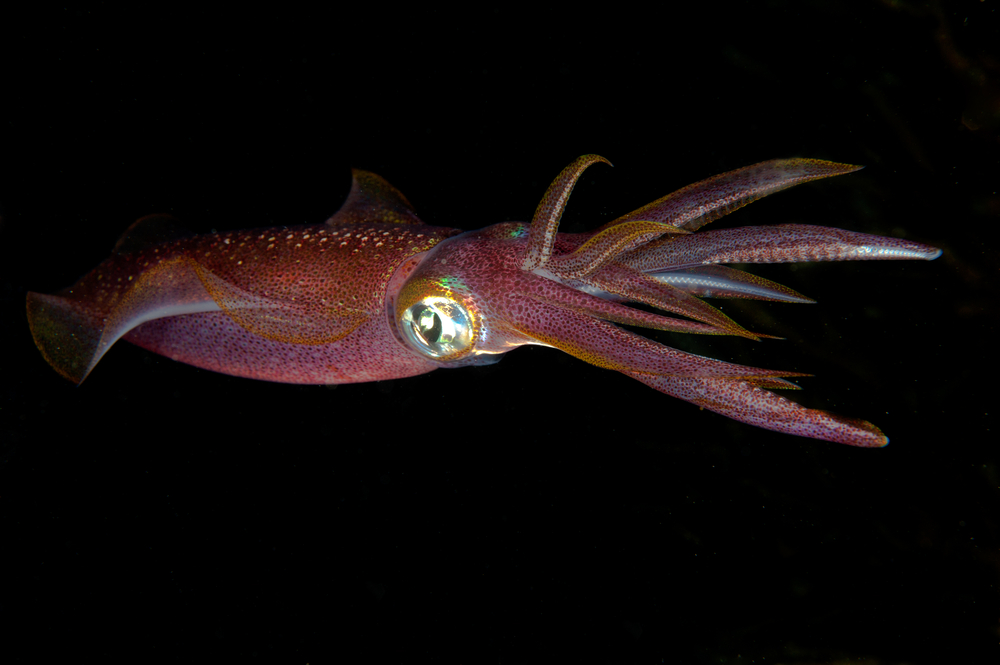
In the wild, sometimes the best defense is a good escape plan, and some animals have perfected the art of the getaway. The squid, for example, uses a jet propulsion system to shoot itself through the water at high speeds, leaving predators in its wake. To add to its escape artistry, it releases a cloud of ink to confuse and disorient attackers, buying it precious time to flee. This combination of speed and deception makes the squid a difficult target to catch.
Meanwhile, the flying fish has taken to the skies to evade underwater threats. With specially adapted fins that act like wings, these fish can glide above the water’s surface for several meters, leaving marine predators baffled. It’s a daring and effective escape strategy that showcases the innovative adaptations of life in the ocean. By becoming masters of flight and speed, these animals demonstrate that sometimes, the best way to survive is to make a quick exit.
12. The Masters Of Stealth
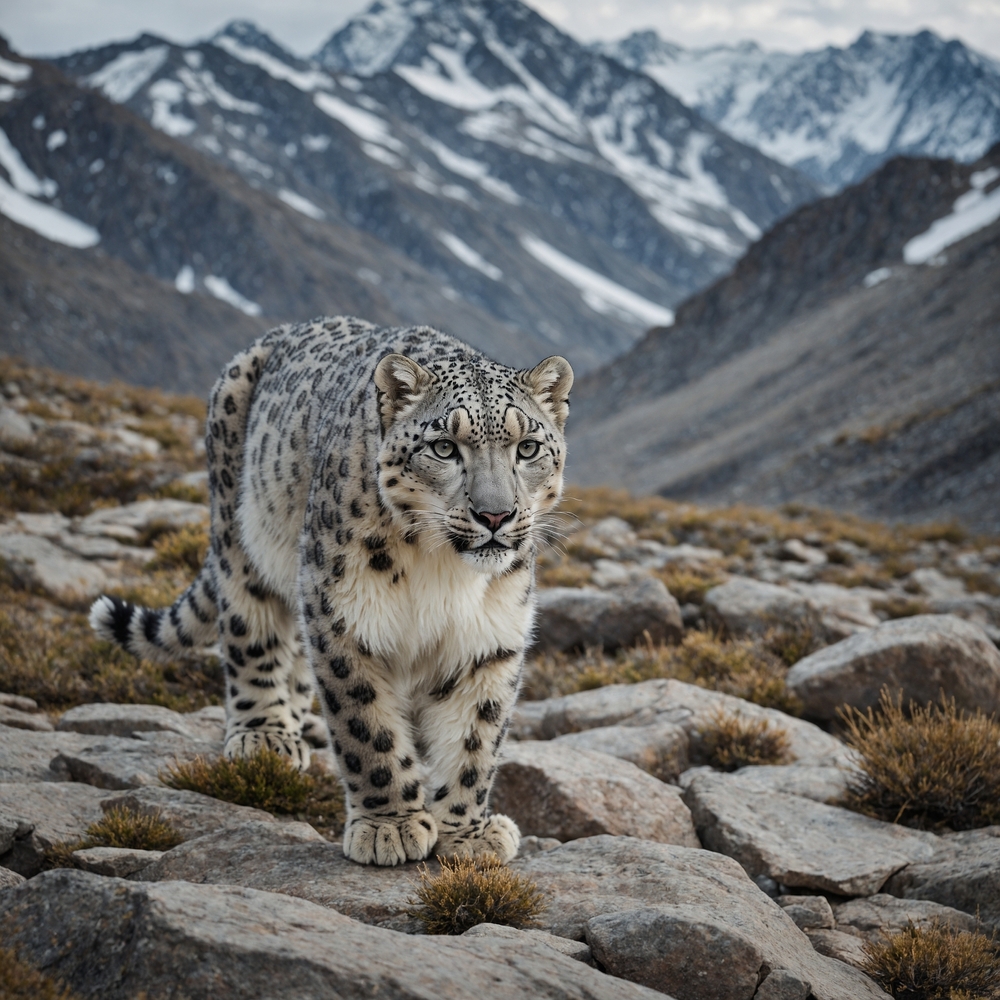
Stealth is a vital survival skill for some animals, allowing them to hunt or avoid predators without being detected. The snow leopard, known for its elusive nature, uses its incredible stealth to stalk prey in the rugged terrain of the mountains. With its thick, camouflaged coat blending into the snowy landscape, this big cat can approach its target undetected until the final moment. Its ability to move silently and invisibly makes it one of the most effective hunters in the animal kingdom.
Octopuses, on the other hand, have perfected the art of concealment beneath the waves. With their extraordinary ability to change color and texture, these intelligent cephalopods can blend seamlessly into their surroundings. By becoming one with the coral or rocks, they can avoid predators and surprise prey. This mastery of stealth and camouflage is a testament to their adaptability and intelligence in a constantly changing environment.
